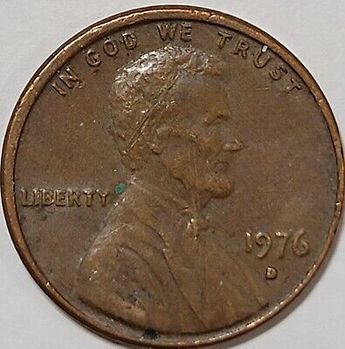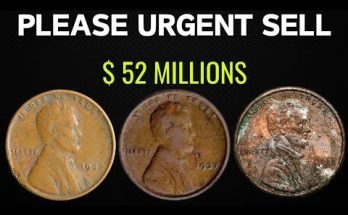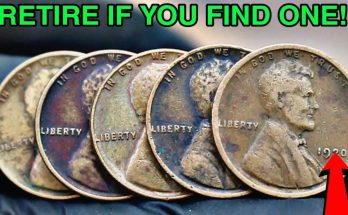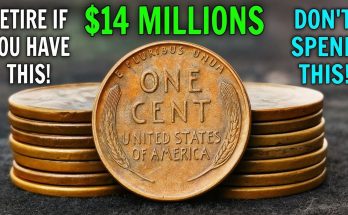Lincoln nose and ear are broken. Lots of cuts on Lincoln’s head and face. Dents on all letters on ONE CENT. Number 6 on 1976 is too big. Dents on 1976. Lincoln face is swollen. Filled mint D.
The photograph shows the obverse (front) of a 1976-D Lincoln Memorial Cent, commonly known as a penny. The coin has a noticeable brownish-red color, which is a key characteristic of its composition (95% copper). The “D” mint mark, visible below the date, indicates it was minted in Denver.
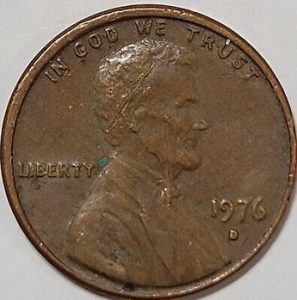
The caption suggests the coin has “Cuts on Head and Face” and “Strike Errors.” Upon close examination of the image, these details become apparent. The most prominent feature is the series of irregular, incuse lines and marks on the portrait of Abraham Lincoln, particularly on his forehead and cheek. These are not typical signs of post-mint damage like simple scratches. They are described as “cuts,” which could be a form of a die break or a die gouge. A die break is a crack that forms in the metal die used to strike the coin, which then leaves a raised line or blob on the coin’s surface. A die gouge, on the other hand, is an accidental mark or cut made on the die itself, which also results in a raised mark on the coin. The irregular nature and placement of these lines make them unusual and consistent with a die error.

Furthermore, the overall appearance of the coin, described as having “Strike Errors,” suggests a problem during the minting process. While not a dramatic error like an off-center strike or a doubled die, the coin’s surface appears uneven and the details on Lincoln’s profile and the surrounding inscriptions are slightly weak in some areas. This could be due to a weak strike or grease-filled die error, where debris or grease on the die prevents the full transfer of the design to the coin’s planchet. The mint mark “D” and the date “1976” are still quite clear, but the lettering in “IN GOD WE TRUST” and “LIBERTY” shows some signs of weakness and a slightly mottled appearance. The raised marks, or “cuts,” stand out against this relatively flat background.

The term “BN” in the caption stands for “Brown,” which is a numismatic grading term for the coin’s color. This signifies that the coin has oxidized over time and has lost its original red luster, a common occurrence for copper coins that have been in circulation for nearly 50 years. The fact that the coin is described as “Rare” in the caption points to the specific nature of these errors. While 1976-D pennies are extremely common, a genuine and significant die-related error like the one described can make a specific coin a sought-after collectible. The combination of the specific “cuts” on the bust and the overall strike anomalies makes this coin a unique specimen for a collector of error coins.
